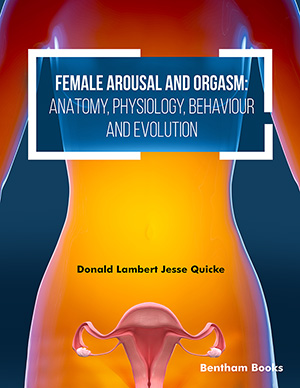
Abstract
Background: Uterine fibroids may be associated with heavy menstrual bleeding (HMB), pressure symptoms, and occasionally pain. The National Institute for Health and Care Excellence recommends a levonorgestrel intrauterine system (LNG-IUS) as first-line treatment of HMB, which is effective even in women with uterine fibroids. When HMB occurs in association with fibroids >3 cm in diameter, uterine artery embolisation and myomectomy are recommended. However, some women prefer conservative management, particularly those close to menopause. A case series was undertaken to determine the effectiveness of ulipristal acetate (Esmya), a potent selective progesterone receptor modulator, possibly followed by insertion of a LNG-IUS, to treat HMB in women close to menopause.
Methods: Women presenting to a community gynaecology service with HMB who were suitable for ulipristal acetate followed by insertion of LNG-IUS are included in this case series. Fibroid size was measured at presentation and three months after treatment with ulipristal acetate. Other outcomes and side effects were recorded.
Results: This case series included 15 women. Mean reduction in fibroid size in 14 women was 35.0% (range 2.6–73.3%). Nine women were fitted with a LNG-IUS following ulipristal acetate, three were referred to secondary care for consideration for surgical treatment, one had repeated courses of ulipristal acetate, one became amenorrhoeic due to the menopause, and one incidentally developed breast cancer and had no further treatment for HMB.
Conclusions: Ulipristal acetate followed by LNG-IUS significantly reduces HMB, with variable reductions in fibroid size, often controlling symptoms to such a degree that surgery may be avoided.
Keywords: Esmya, fibroids, heavy menstrual bleeding, levonorgestrel intrauterine system, ulipristal acetate, menopause.
 44
44 7
7










